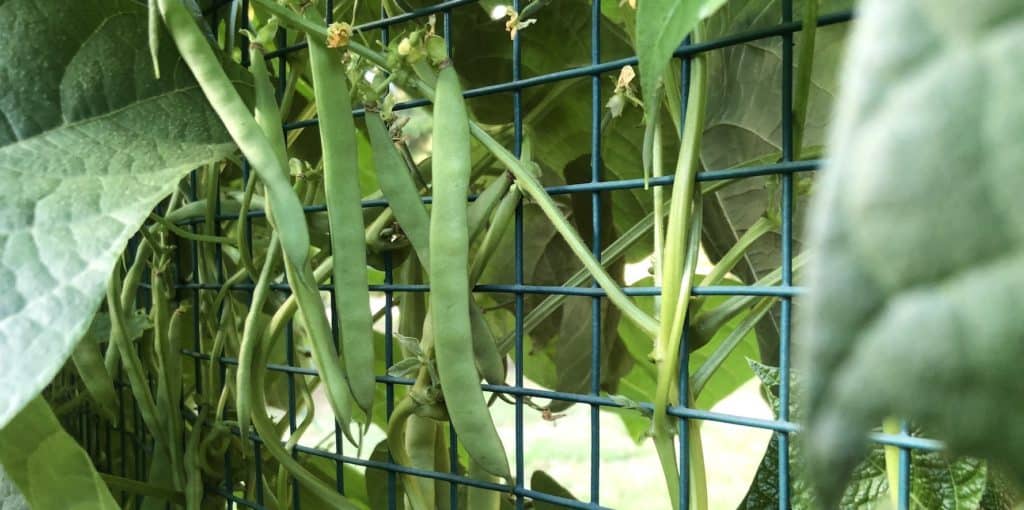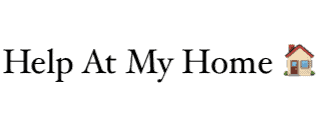Greasy Grit beans are a great idea for planting in nearly any garden. These tasty pole beans are reliable to grow and don’t require much maintenance at all.
They will happily grow alongside all your other plants, including next to varieties like rattlesnake beans. And then the beans are easy to replant so you can continue your crop year to year.
Greasy Grit Bean Basics
Greasy Grit beans might not have a very appealing name, but the first thing you should know about them is that they are not greasy! The name is a result of their smooth, shiny exterior, which makes them look like they were greased. Seriously: the beans are not oily or greasy in any way. Some local types of these beans will be shinier than others, like the Pink Tip Greasy bean from North Carolina.
Greasy Grit heirloom beans are popular in the Appalachia region on the United States — parts of Tennessee, North Carolina, West Virginia and Pennsylvania mostly — but they will grow all over the United States with no problems. You’ll likely have the best success in the Northeast and Mid-Atlantic, but how you care for them matters so don’t be deterred.
These are pole beans, which means they are great climbers. They will need a wall or fencing to grow up, with heights easily exceeding 6 feet. This means a trellis can work, but they will be too big for a tomato cage or a string trellis.
Importantly, Greasy Grit beans are known for their excellent taste. They are easy to cook, with a clean flavor and a nutty, almost meaty taste. They outer skin can get a little tough, you can easy it or discard it, depending on how big and tough you let the beans get.

Planting Greasy Grit Beans
Greasy Grit beans prefer conditions similar to most other climbing beans, which means full light and a strong trellis, fence, strung pole, or net to grow up. A 7-foot pole will be sufficient but the beans will go higher if allowed. A sturdy fence will be needed for them to climb up because they have a lot of pull as they get bigger, but they are not as aggressive climbers as some other beans.
Smaller climbing objects, like tomato cages, won’t work as the beans can make them unstable and even pull them right over (as I experienced this past season). Also the 4, or so foot height of a tomato cage or something similar just isn’t enough. The beans will do best when they can spread out and make a full wall nearly opaque with leaves.
Greasy Grits have extensive foliage. These beans, if planted 6 inches apart or less, will fully cover a wall which is great for privacy but it’ll entirely block the sun from other plants, so be careful what you have planted on the other side. These beans have caused major problems for my nearby corn, peppers, and eggplant which really wanted that light that was coming through the metal mesh fencing!
Planning them is very simply: soak the beans on a wet paper towel overnight and then plant them at the base of something tall, about 1-2 inches deep. You can plant them shortly after the last frost, but if you want a few weeks you’ll see much quicker growth.
In the Northeast you should be able to get two plantings in — one in early April and another in July — if you want to maximize your crop yield.
Growing Greasy Grit Beans
Greasy Grits like full light and lots of water when they are growing. Once they are fully grown, two thorough waterings a week will be more than sufficient.
Regular fertilizing is not necessary and can promote too much leaf growth at the expensive of bean yield. Fertilizing is fine, but back off on the nitrogen by the time you start to see flowers appearing.
The beans do flower with small white flowers. They are pollinated by local bees, wasps, and other flying insects.
Pests are not typically a problem, but Japanese beetles do enjoy the green leaves of the Greasy Grit. The insects rarely appear in enough quantity to harm the bean in any way though, as most bean plants product many more leaves than necessary to fuel the growth of a bean crop.
At their full size the beans will be about 6 inches long, with a smooth green skin and a bumpy appearance from the beans inside the pod.

Eating Greasy Grit Beans
Greasy Grits can be eaten as the whole bean (which it to say in their pod) when the beans are smaller, or they can be dried and only the beans can be eaten.
If you are eating when young young, then they can be sautéed and the entire pod can be eaten whole, as you would a grocery store string bean (or green bean, depending on where you live). Most Greasy Grit fans would consider this a criminal waste of the beans’ potential as well as a poor yield as you are only getting a fraction of the crop you could have had. Even so they are quite delicious.
Unless the beans are picked when they are very young and tender, they will need to be de-strung. In other words, they will need to have their ends snapped off and the strings along the front and back middle seams removed.
These strings can get very tough, which means they can be a choking hazard, get stuck in your teeth, and won’t digest well. Just snap the mature bean backwards and pull the string off, then throw it in your compost bin.
If you are waiting until they are mature, the beans can be picked when fully grown and tough. The beans can be de-strung and then the entire beans is slow cooked, usually after being snapped into 2 or 3 pieces. Beans will need to be boiled for at least 30 minutes to make them edible. Throw in some garlic, onions, salt, pepper, and olive oil and the resulting dish will be a meaty, tasty meal, unlike almost any other bean you have had before.
FAQs
What are Greasy Grit beans?
Greasy Grit beans, sometimes called “greasy beans”, are an heirloom variety, climbing bean that are mainly found in the East Coast US, particularly in the Appalachian region. They are a type of “snap bean” through names like this tend to vary by region.
Are Greasy Grits pole or bush beans?
Greasy Grits are climbing or pole beans that need a fence, strings, trellis, or net to grow. They will not form self-supporting bushes.

